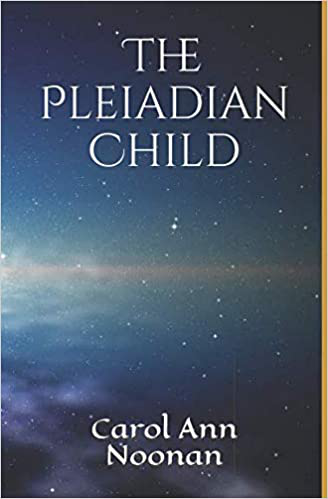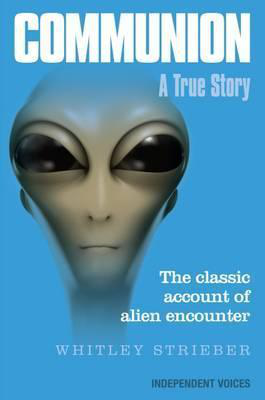Revised Simulations Suggest Lower Chances of Milky Way-Andromeda Collision
Science/Medical/Technology
Monday 2nd, June 2025
2 minute read.
New astronomical simulations suggest that a collision between the Milky Way and the neighbouring Andromeda galaxy is significantly less likely than previously believed.
For decades, scientists have predicted that our galaxy would collide with Andromeda in approximately 4 billion years. However, new models developed using updated data from the Hubble Space Telescope and the European Space Agency’s Gaia mission now show only a 2% probability of such a collision occurring within the next 5 billion years, and around a 50% chance within 10 billion years.
The study, led by researchers at the Space Telescope Science Institute in Baltimore, utilised enhanced simulations that consider the gravitational influences of nearby galaxies, including the Triangulum Galaxy and the Large Magellanic Cloud, which affect the movement of both the Milky Way and Andromeda.
“Our understanding of the dynamics of galaxies has evolved significantly thanks to new data”, said Roeland van der Marel, an astronomer involved in the research. “The future collision with Andromeda is no longer a certainty”.
Andromeda is currently located about 2.5 million light years, or roughly 23.7 quintillion kilometres - from the Milky Way. It is approaching our galaxy at approximately 400,000 kilometres per hour. Despite this velocity, the models indicate that the two galaxies may not merge at all but instead pass by each other or engage in a much later and more complex gravitational interaction.
If a collision does eventually occur, it would unfold over billions of years and is expected to result in the formation of a new elliptical galaxy. However, Earth is unlikely to be affected by such an event, as the Sun is anticipated to exhaust its hydrogen fuel and expand into a red giant in about 5 billion years, potentially engulfing Earth or rendering it uninhabitable long before any galactic merger.
Astronomers emphasise that, although the concept of galactic collisions may seem catastrophic, the vast distances between stars mean direct impacts between individual stars are extremely improbable.
The revised simulations underscore the importance of ongoing astronomical observation. “Every new data point helps refine our view of the universe and our place within it”, van der Marel added.
The research findings have been made publicly available and mark a significant shift in our cosmic forecast. The possibility of a galactic collision remains, but it is now seen more as a distant possibility than an inevitable fate.
For decades, scientists have predicted that our galaxy would collide with Andromeda in approximately 4 billion years. However, new models developed using updated data from the Hubble Space Telescope and the European Space Agency’s Gaia mission now show only a 2% probability of such a collision occurring within the next 5 billion years, and around a 50% chance within 10 billion years.
The study, led by researchers at the Space Telescope Science Institute in Baltimore, utilised enhanced simulations that consider the gravitational influences of nearby galaxies, including the Triangulum Galaxy and the Large Magellanic Cloud, which affect the movement of both the Milky Way and Andromeda.
“Our understanding of the dynamics of galaxies has evolved significantly thanks to new data”, said Roeland van der Marel, an astronomer involved in the research. “The future collision with Andromeda is no longer a certainty”.
Andromeda is currently located about 2.5 million light years, or roughly 23.7 quintillion kilometres - from the Milky Way. It is approaching our galaxy at approximately 400,000 kilometres per hour. Despite this velocity, the models indicate that the two galaxies may not merge at all but instead pass by each other or engage in a much later and more complex gravitational interaction.
If a collision does eventually occur, it would unfold over billions of years and is expected to result in the formation of a new elliptical galaxy. However, Earth is unlikely to be affected by such an event, as the Sun is anticipated to exhaust its hydrogen fuel and expand into a red giant in about 5 billion years, potentially engulfing Earth or rendering it uninhabitable long before any galactic merger.
Astronomers emphasise that, although the concept of galactic collisions may seem catastrophic, the vast distances between stars mean direct impacts between individual stars are extremely improbable.
The revised simulations underscore the importance of ongoing astronomical observation. “Every new data point helps refine our view of the universe and our place within it”, van der Marel added.
The research findings have been made publicly available and mark a significant shift in our cosmic forecast. The possibility of a galactic collision remains, but it is now seen more as a distant possibility than an inevitable fate.



